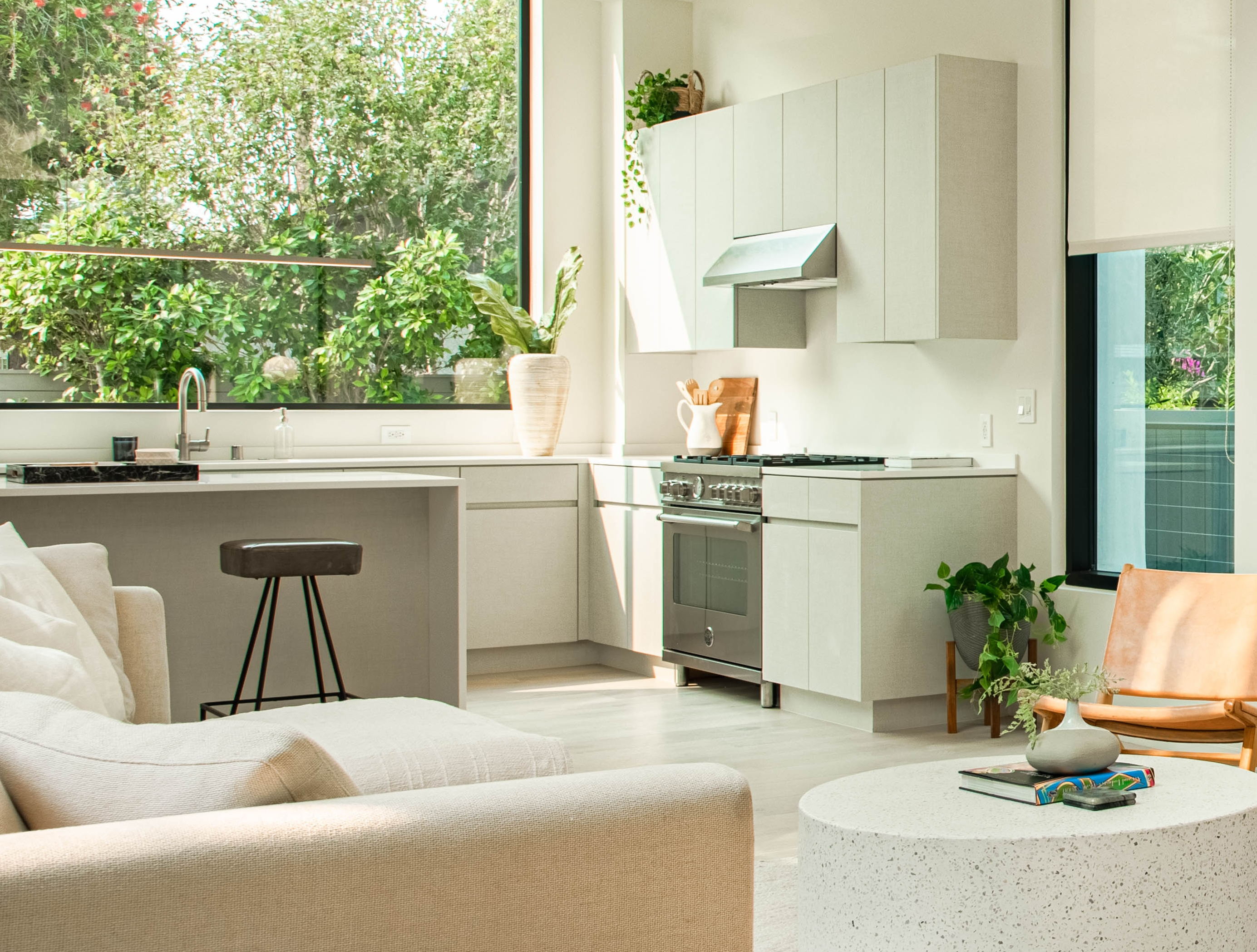Why Your Project Needs a Well-being Designer


With Wellness being the #1 Global Trend, projected to reach $4.4 Trillion by 2025, there has never been a more critical time to prioritize well-being in our spaces. Wellness Real Estate is gaining momentum, with companies adding the “H” to ESG and buyers willing to invest 20% more in spaces intentionally designed to incorporate well-being. (“H” = Health!)
Having a Well-being Designer – a Human-Centric designer on board becomes imperative for a healthy life, better relationships, and a healthier bottom line.
What Does a Well-being Designer Do?
Most people create based on what they currently know or have seen. Little do they know that within their walls lies a possible sanctuary of life, waiting to be gently shifted to unlock vitality and longevity for a start. But they remain unaware. Until Now!
Well-being-centric design is a transformative approach that empowers designers to create spaces, use products, and create design experiences that prioritize human health and happiness. By incorporating freshness, using restorative elements, emphasizing biophilic design, encouraging connectivity, designers can create spaces that contribute to improved life outcomes, increased vitality, and enhanced longevity.
A Well-being Designer has been trained to know the simple modifications that will enhance well-being over a lifetime, often while saving costs and time in the short term as well. Delving deeper into design possibilities, well-being designers craft environments, supporting all who live, work, learn, and engage in those spaces thrive in all aspects of life.
Well-being and Human-Centric design takes cues from luxury lifestyles and spaces, after all, if you have endless time and money is no object, what would YOU create? Well-being design uses some of the principles of luxury, the ones that you cannot know unless you know them. Human Centric Design takes cues from what is known about the body, body language, biology and what marketers know about how to drive behavior, emotions, purchases and outcomes.
From knowing which products will net the greatest well-being such as producing better air and water quality to implementing the healthful aspects of Nature (and they are not what you might think!) to addressing the reach of daylight, the movement of light and air, personal space and autonomy and how to design to settle the body into its health and creativity mode, the Well-being Human Centered Designer is aware of what the body needs to be vitally happy and healthy.
Beyond the tangible elements, a well-being designer understands the unexplored yet vital aspects that influence our well-being.
With placement and choice of color, layout, and materials, well-being designers are at the forefront of creating environments that nourish and support our physical and mental health. They help you spaces that properly speak to our body and unconscious mind, resonating more deeply, enabling what is possible in life, but seems to be stuck on same-old-same-old autopilot.
Well-being, Human Centric design sets the stage, creates the background, the real IRL Immersive environment creating your healthier, happier, and more successful existence.
It’s an Exciting Puzzle
It’s an exciting puzzle, one in which all of the pieces matter and speak volumes.
- Zoom out – vision the project from the perspective of all the aspects of the “picture.” We are creating the entire experience in exactly the same way that User Experience Designers create our virtual realities.
- Design for the Lives that will be lived there – residential, workplace or retail, all of the people who live, work, engage and pass through the spaces have outcomes in mind. Each user journey must be identified and each pivot / interaction point must have elements designed INTO the space to create the optimal outcome for all people. We have all this information right now, we must use it. We know how the unconscious mind reads, we know the connection between that visual read and the behavioral outcome. We also know what the human body needs to be optimally effective, optimally health and vibrantly healthy. Design is that powerful.
In the world where our surroundings have an immense impact on our lives, having a well-being designer on our projects becomes not only a smart choice but an essential investment in our overall well-being.
With the expertise of a Human Centric Designer on your team, you will harness the transformative power right there, within your spaces, waiting to support you. Wellbeing Designers know how to craft spaces that inspire us to lead lives of fulfillment, abundance, and radiant well-being.
Shouldn’t we? Are we remiss if we don’t? I think so!
Table of Contents
Categories
- Bedroom Design
- BioGeometry
- Body — Mind BODY Spirit Space
- Body's Design Needs to Thrive
- Bringing Beauty Back
- Business
- Color
- Color & Design
- Color Psychology
- Cool Stuff – Technology and Nature
- Creating Your Dreams
- Design for Health
- Design for Human Response
- Design to Thrive
- Embrace the Darkness Project
- Energy Update
- Family
- Green Living
- Health
- Healthy Home
- Healthy Work
- Home Buying & Selling
- Law of Attraction
- Life
- Life Surfing
- Mind
- Office Success
- Real Estate
- Sleep
- Space
- The Gentle SHIFT
- Trends
- Uncategorized
